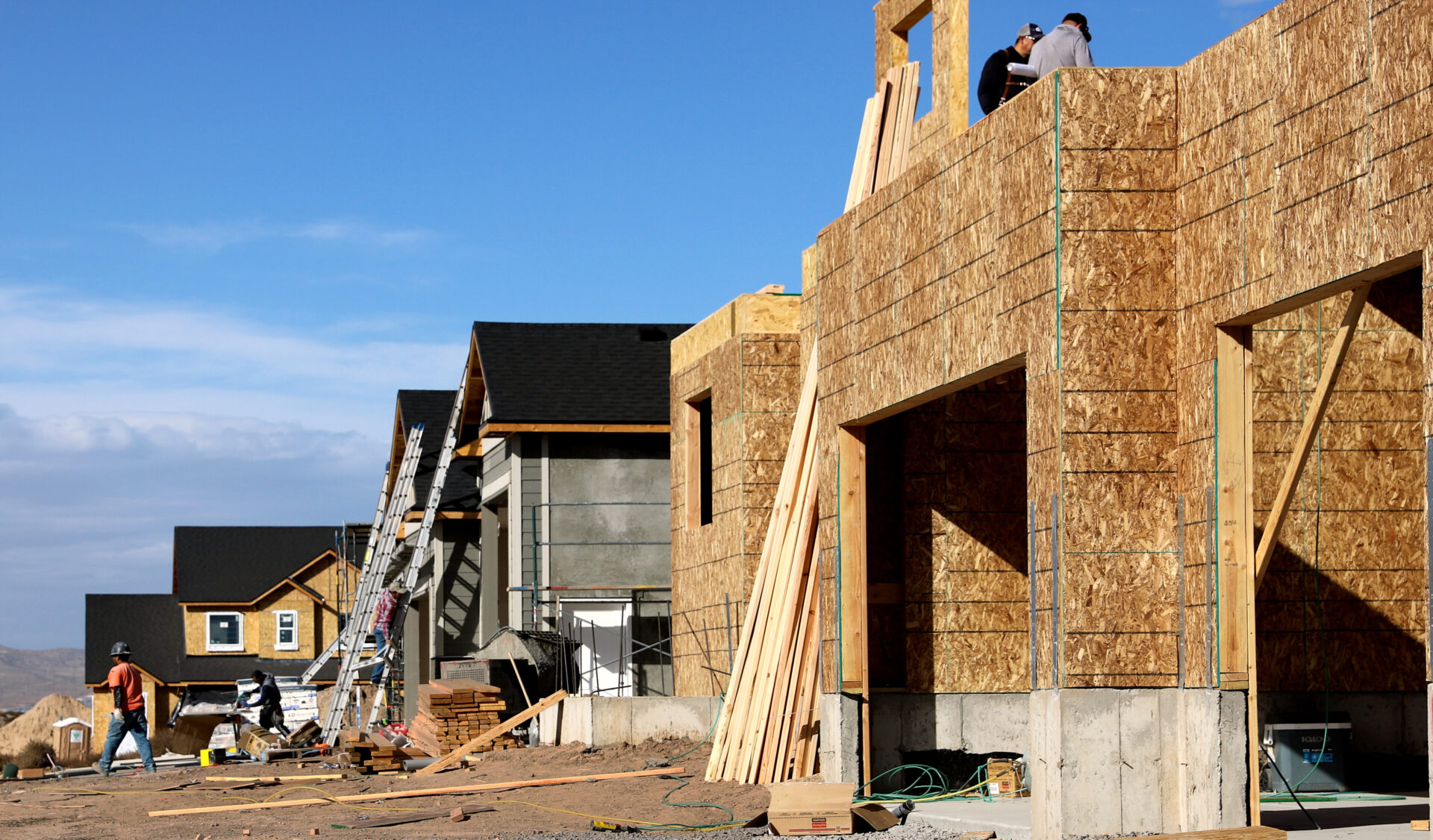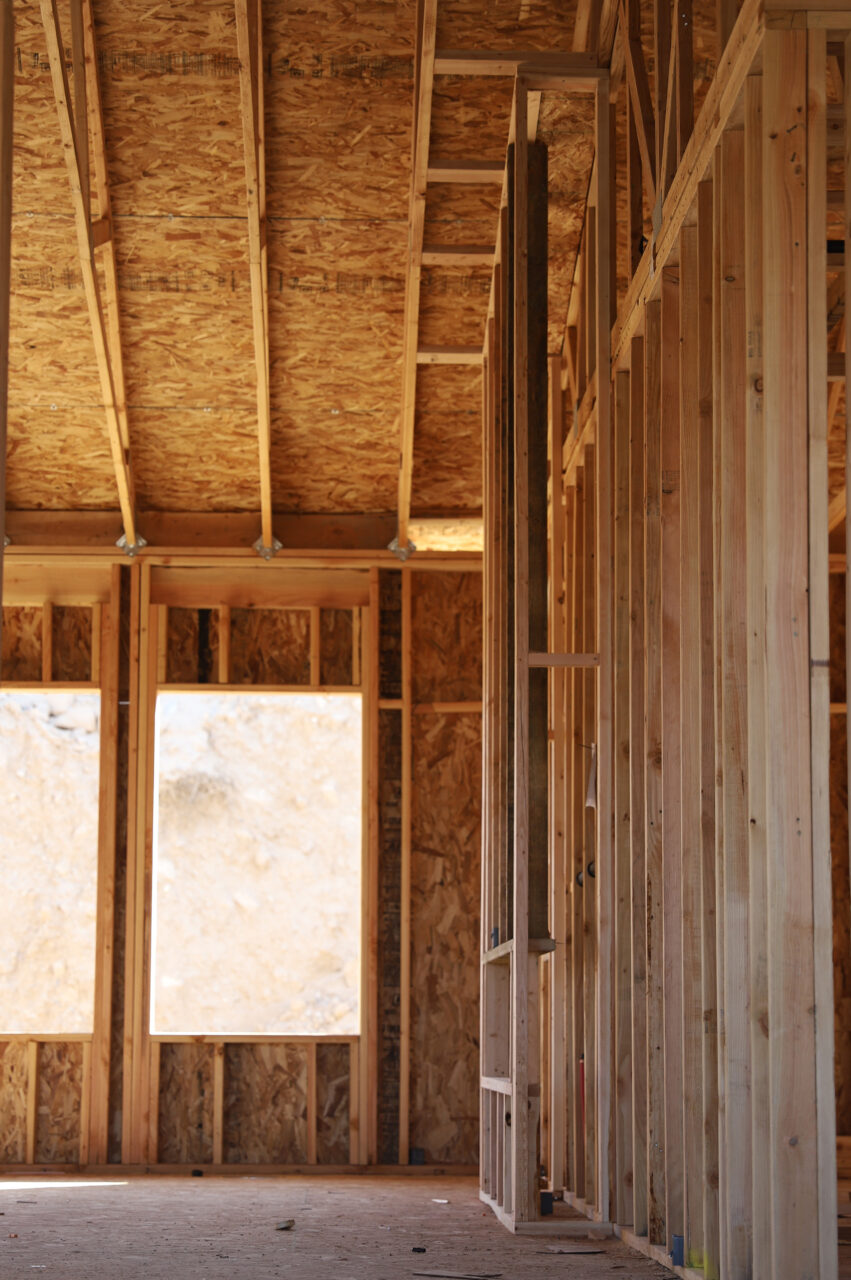
While political heads cry for municipalities to hasten permit approvals and planning leaders focus on rezoning and repurposing to make more housing available, part of the affordable housing crisis may be more of a circular problem.
“Where Have All the Flowers Gone,” a song written in 1955 by Pete Seeger and renewed in popularity in the 1970s by Peter, Paul and Mary, may broaden a myopic view to another key element in the supply and demand issue Americans face in the housing market.
Only this time the question is: where have all the workers gone?
Many states are looking at the possibilities of turning old office buildings into residential apartment buildings. Calling for planning-led zoning reform, the American Planning Association said new zoning is key: “With adequate support, zoning reform can increase housing choice, lower housing costs (and) bolster local economies.”
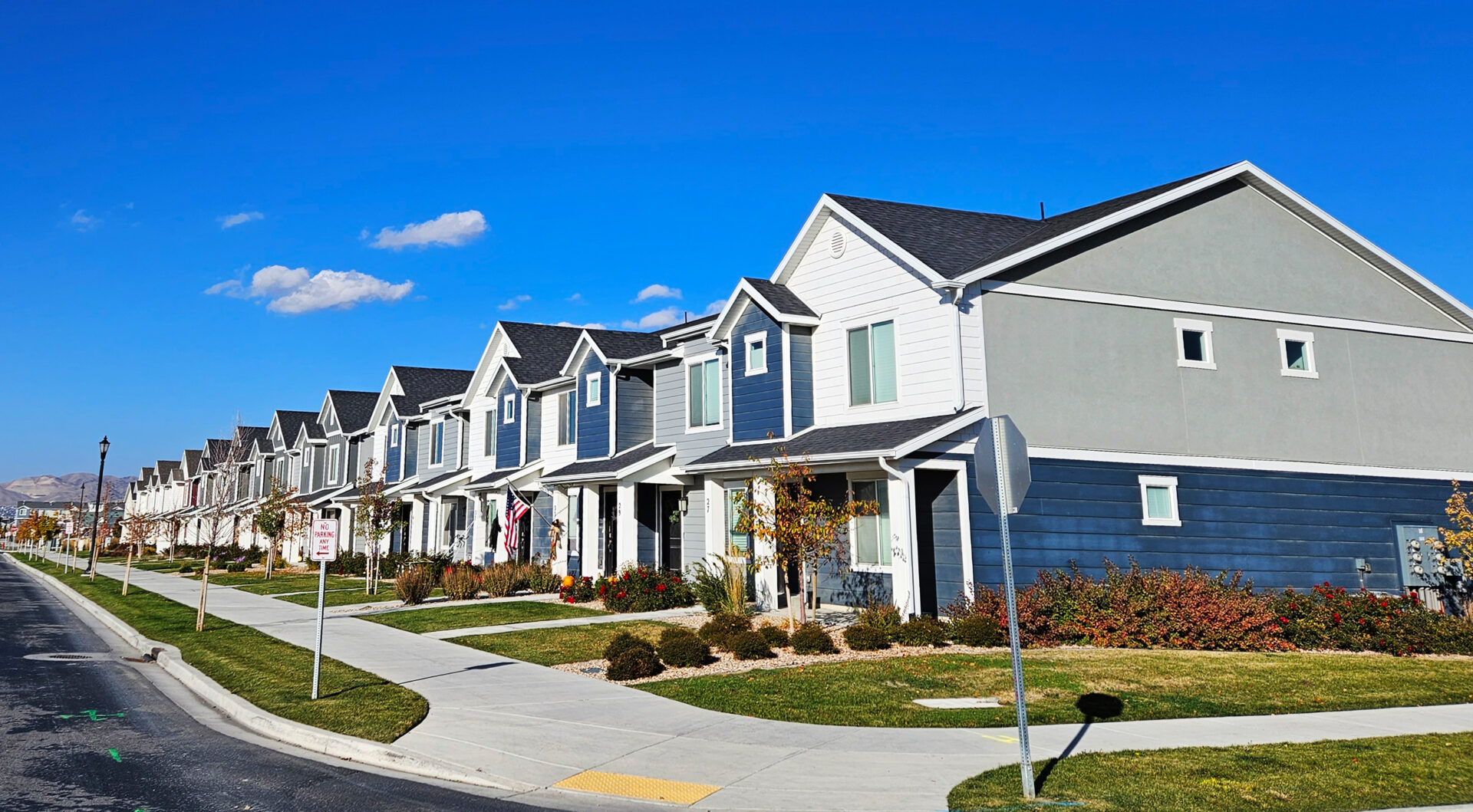
Another approach is focusing on policies and practices within local governments. Governor Spencer Cox is “passionate” about providing more affordable housing. He has urged municipalities to make permit applications more user-friendly and put the pressure on building departments to speed up approval times.
However, according to research presented at a housing affordability summit hosted by the University of Utah David Eccles School of Business in October, inflated home prices and fewer houses being built has a lot to do with lack of workforce.
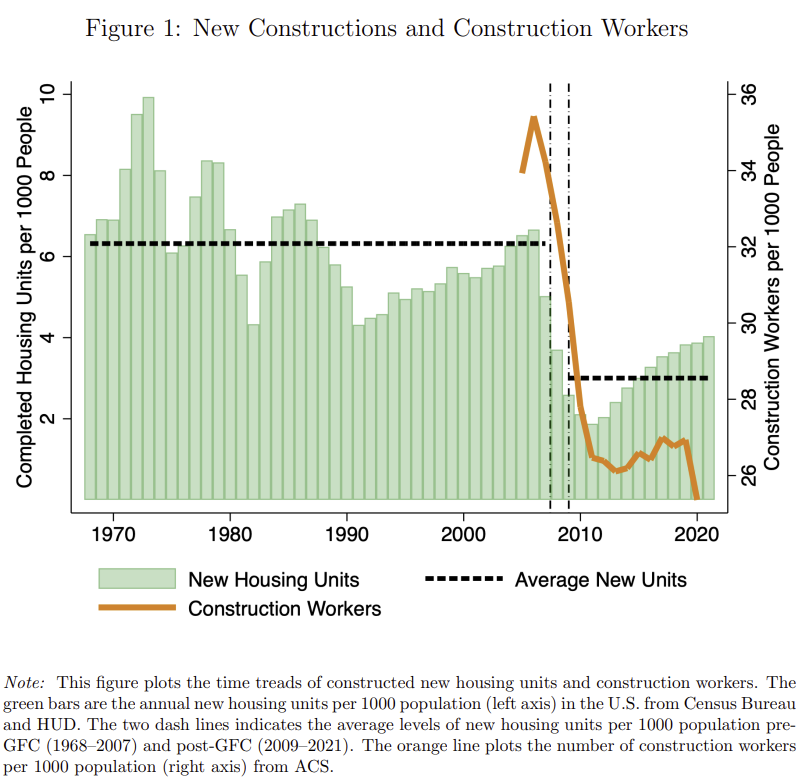
In their article, “How Do Labor Shortages Affect Residential Construction and Housing Affordability?” Troup Howard, Mengqi Wang and Dayin Zhang disclose a 15-year fallout in the population of construction laborers. They propose though this reduction may not have solely caused the housing crisis, the numbers directly correlate with a government program called Secure Communities.
Secure Communities was established in 2008, forming information-sharing partnerships between ICE, DHS, FBI and other law enforcement agencies to more efficiently perform immigration enforcement policies in returning undocumented immigrants to their country of origin. It also provides a clear way to enforce removal of criminal illegal immigrants.
In 2008, ICE removed/returned more than 1.1 million immigrants. The construction industry took a blow to its workforce numbers because 17% of construction workers were undocumented immigrants, according to a Pew Research Study.
Howard, Wang and Zhang found from 2008-2011, the median county lost “nearly an entire year’s worth of additional residential construction: 633 fewer buildings are permitted, and 1,178 fewer newly constructed homes enter the market.” In tandem, the price of new homes increased by an average of 16 percent.
In her January 2014 Congressional Research report, Specialist in Immigration Policy Ruth Ellen Wasem acknowledged the construction industry, which traditionally relies on unauthorized immigrants, had been “especially hard hit” as a result of migration enforcement.
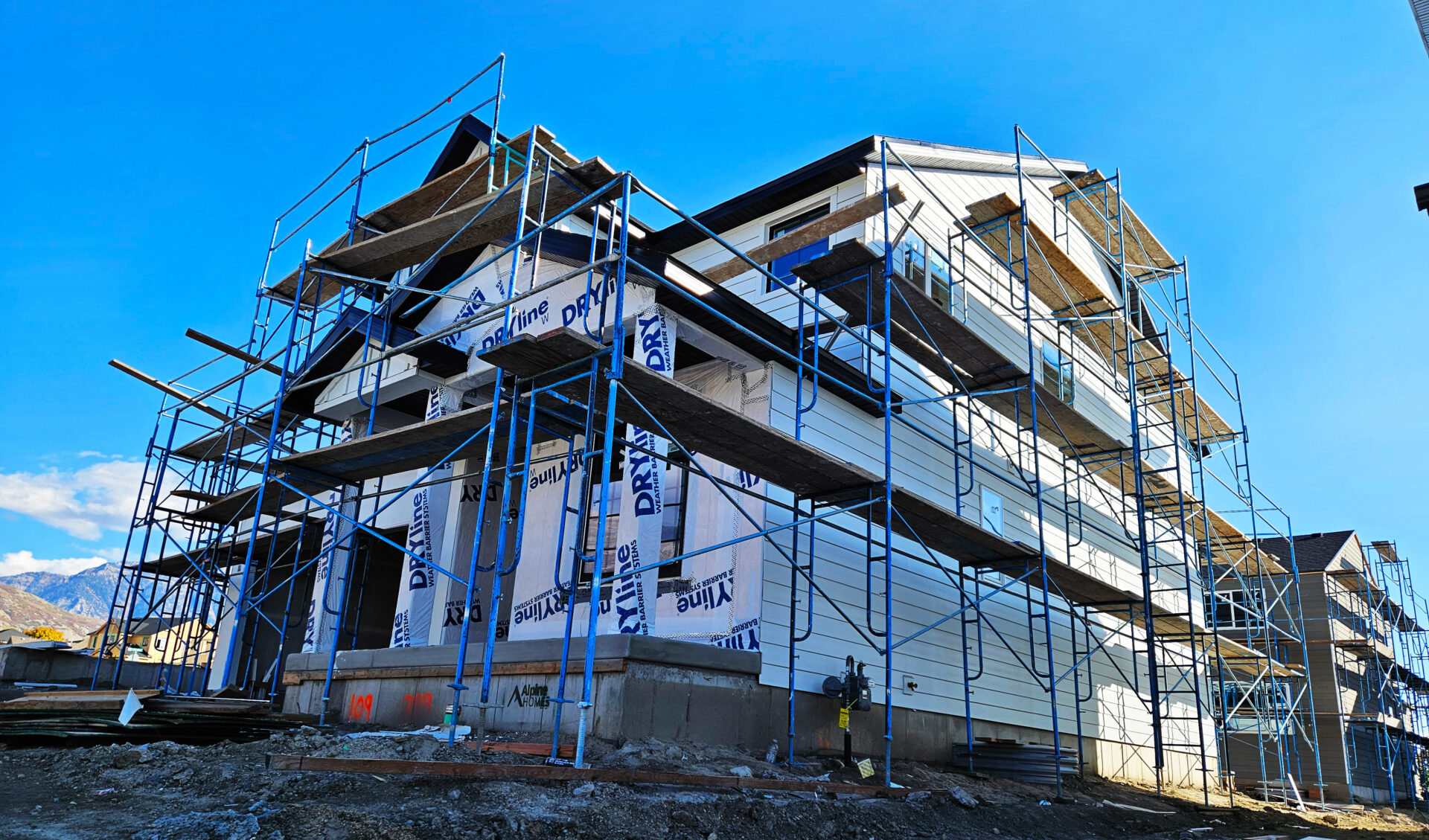
Nearly one in six construction laborer positions have been vacated. Yet domestic workers are not filling in the gaps. The reason for this may not have a single cause.
One of the problems is work ethic, Eric Stephenson said, who has been in the residential construction industry for years.
“Trade workers are hardworking guys,” Stephenson said. He is among many in his field who have seen domestic workers refuse to step into construction jobs because “they don’t want to work.”
Work ethic may be part of the problem. However, the researchers explained domestic laborers are not a substitute for immigrant laborers. Rather, they appear to complement each other.
As shown in the reduction of construction workers across the industry, domestic laborers have failed to offset the loss.
Loss of workers and ever-increasing need for housing strongly affects the ability to meet the demand. This struggle serves as one of the catalysts for inflated prices. The research revealed “housing supply is highly sensitive to labor supply.”
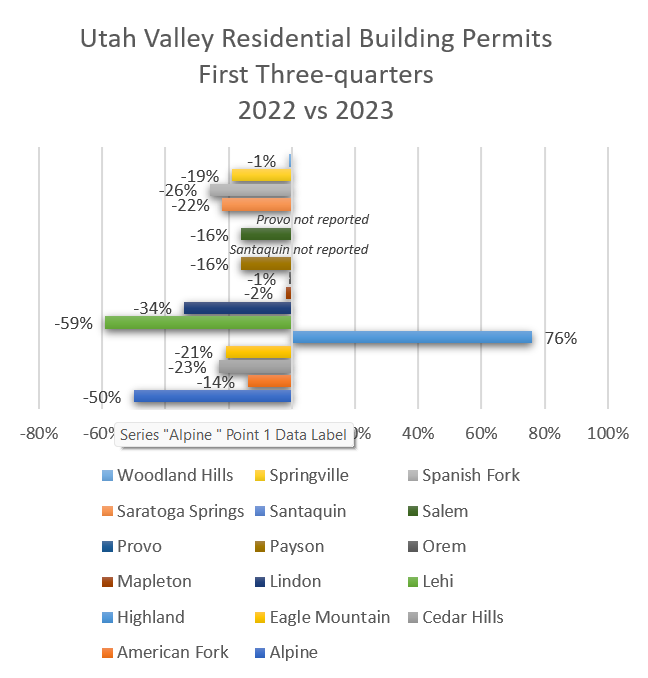
Eileen Miller of the Utah Valley Home Builders Association said builders have their schedules full keeping up with current residential construction projects.
Stephenson said the company he works for is keeping a steady pace with the workforce they have, but could do more if there were more laborers willing to competently fill the positions.
A recent UVHBA report may indicate the lack of workforce is taking a toll on builders applying for permits and beginning new projects. Comparing the first three-quarters of 2022 to the same time frame this year, nationwide new-build residential building permits have dropped 52 percent in the past year. Utah County which has historically had stronger new-build numbers is still down an average of 23 percent.
Howard, Wang and Zhang have concluded it may be important to consider the lack of and loss of workforce with unanticipated effects on the housing market as part of current efforts to lower costs and increase housing supply.
“One implication is that policies designed to address housing affordability may be less effective unless they also help increase labor supplied to the construction industry,” researchers said. They suggest immigration policy be a part of the affordable housing conversation.
Shortage of workers has led to significant construction delays and limits the number of homes, single or multi-housing, which can be completed quickly. Even with changes to zoning and permit approval processes, adequate affordable housing may be hard to produce without a sufficient workforce.
